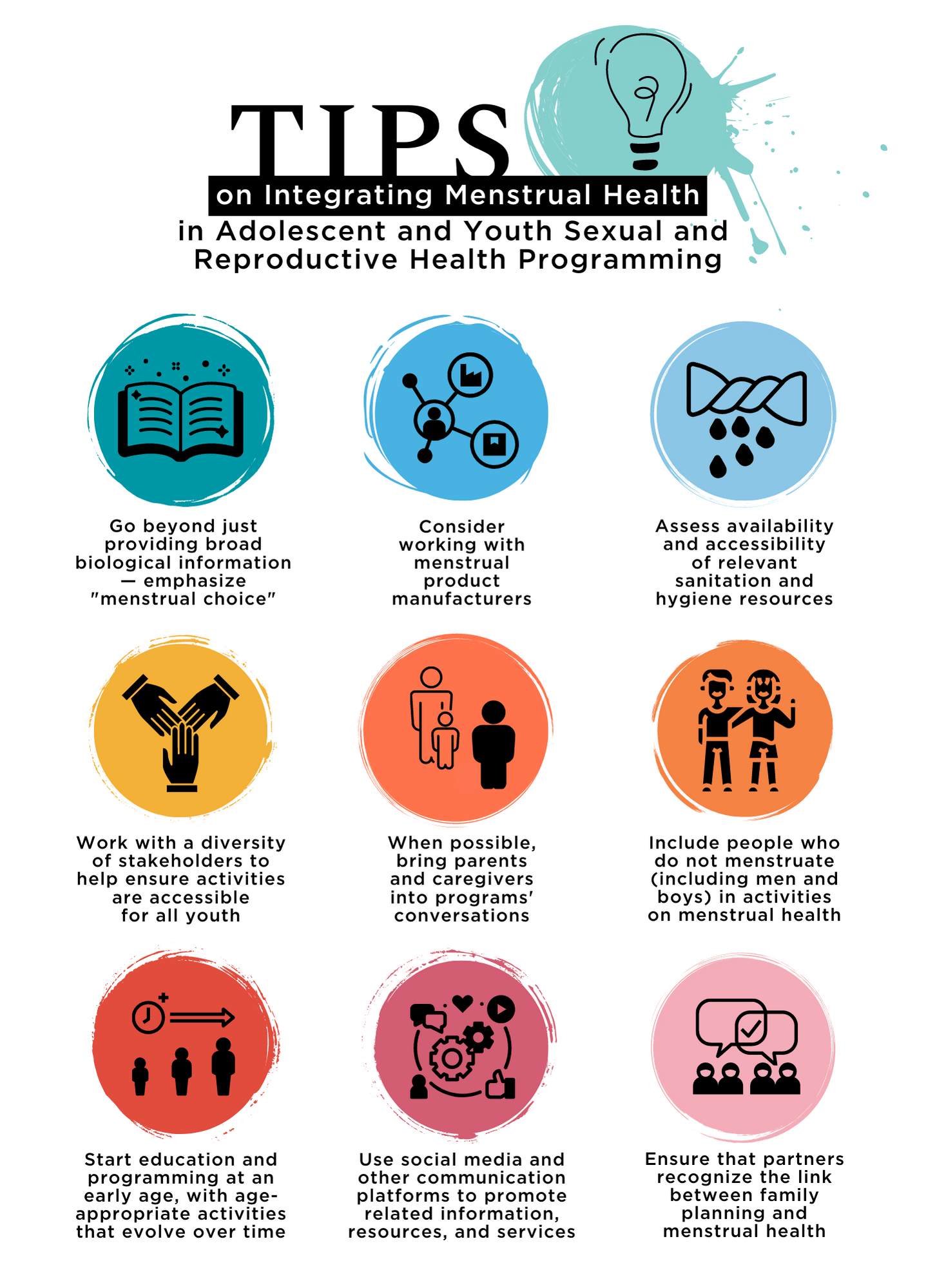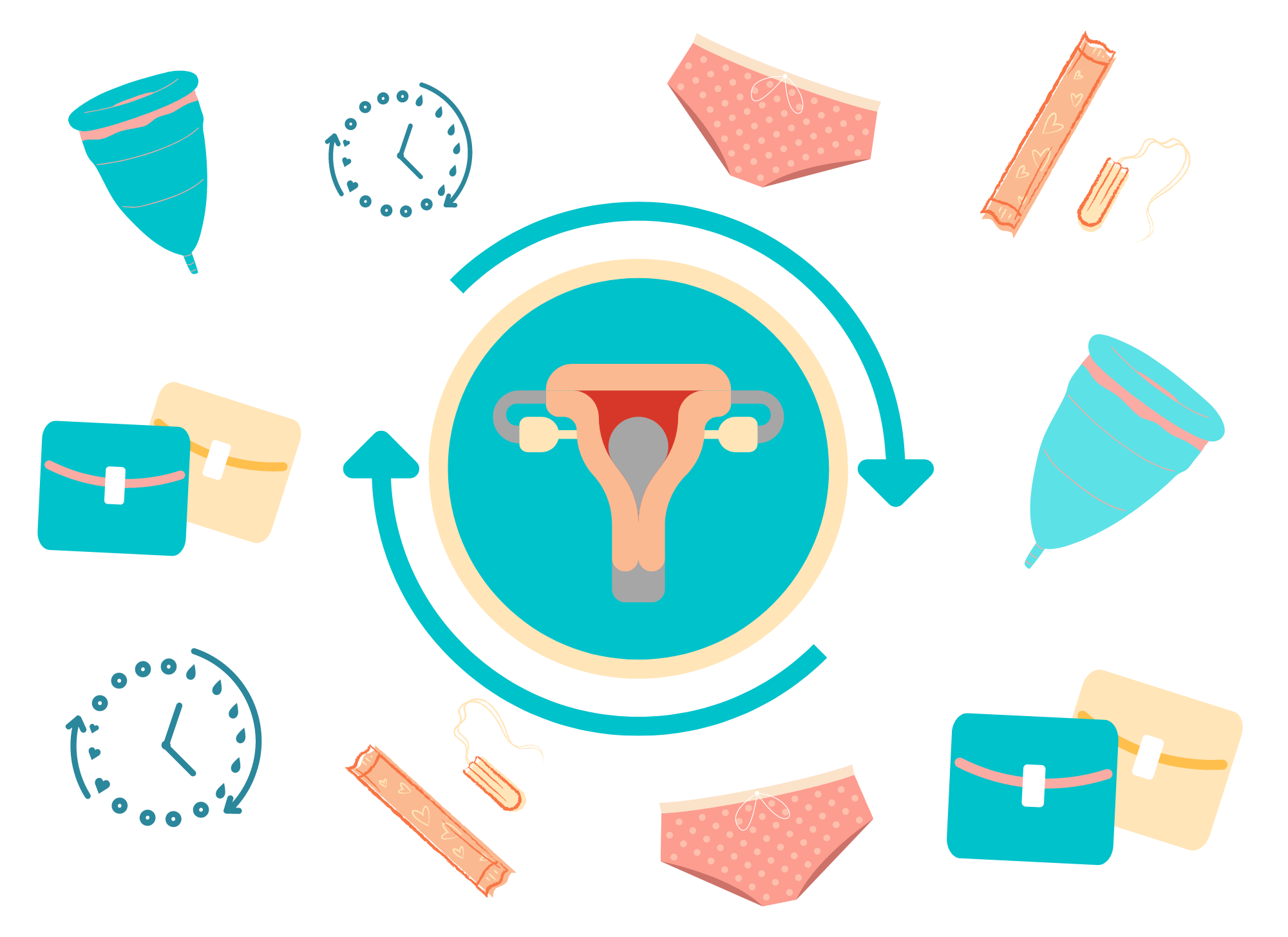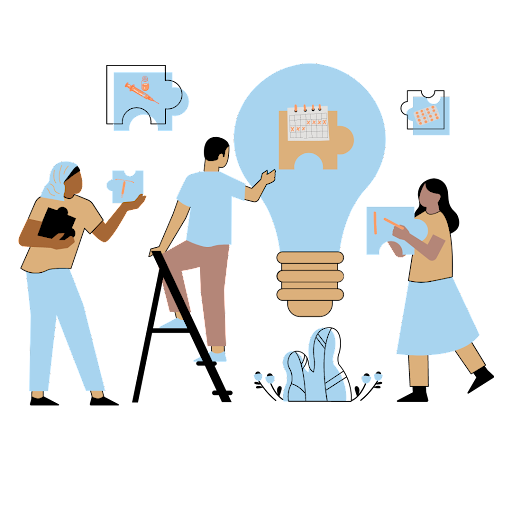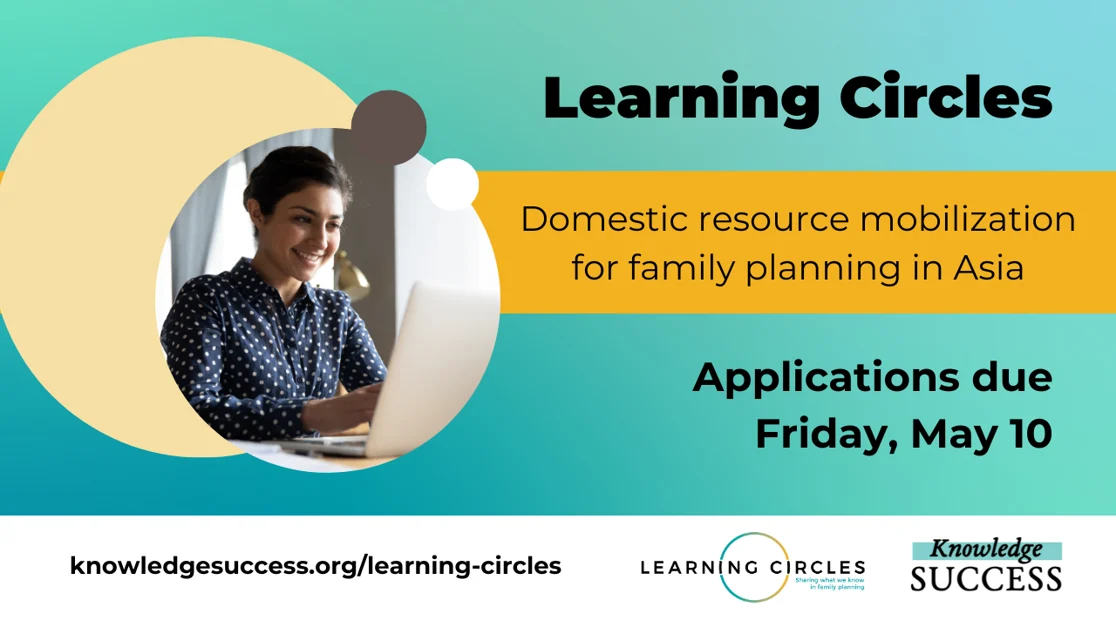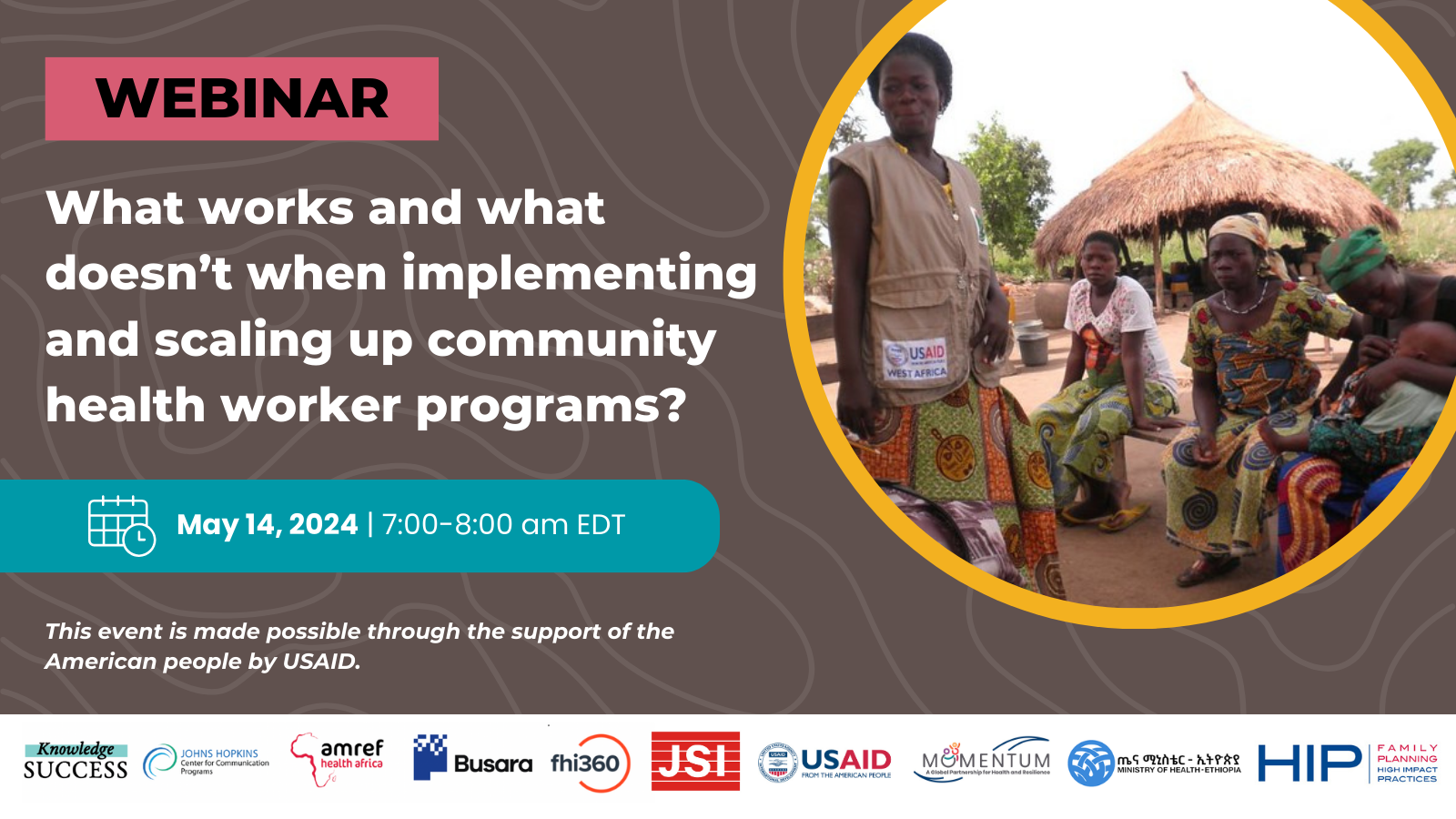When possible, bring parents and caregivers into conversations
When appropriate and logistically feasible, engage parents, caregivers, family members, and other influential adults in MH-related programming. The Oky period tracker app, for example, was designed to connect young people with relevant MH information, but it also hosts content specifically for parents, teachers, and other community members. Efforts to engage adults should provide practical guidance on open communication with young people, navigating MH-related conversations, and addressing negative gender and social norms to reduce stigma.
Include people who do not menstruate (including cis men and boys'of, relating to, or being a person whose gender identity corresponds with the sex the person had or was identified as having at birth' - From Merriam-Webster Dictionary online https://www.merriam-webster.com/dictionary/cisgender) in activities on menstrual health
Context-tailored initiatives providing accurate, rights-based and gender-transformative MH-related education to people who do not menstruate can be vital to reducing menstruation-related stigma and harassment, as well as improving sexual and reproductive health outcomes overall. In schools, ensuring that MH is promoted can diminish discrimination from boys and male teachers and generally improve educational outcomes for those who menstruate.
Start education and programming at an early age
Very young adolescents (10- to 14-year-olds) are especially susceptible to being overlooked in MH-related programming, even though they comprise a significant portion of menstruators. The UNFPA guidance suggests taking a “life course approach” to promoting MH. That means acknowledging that experiences and behaviors happening to young people early in life will impact their future health outcomes. People at different points in life will need age-appropriate information and resources; comprehensive sexuality education programs often feature menstrual-related topics as a means to further understand issues related to sexual and reproductive health, such as pregnancy prevention.
Use social media and other communication platforms to promote related information, resources, and services
Digital platforms are a useful place to engage with youth and connect them to relevant programs and physical services. There is also great value in creating and promoting one-way, private, remotely accessible “edutainment”-type media content that emphasizes self-care and self-reassurance in celebrating menstrual choice. That said, materials should still indicate when someone might want to seek external, professional support in tackling an MH-related issue.
Social media accounts dedicated to AYSRH will often open the floor to followers’ questions on MH: PSI Angola, for example, runs an educational account where a midwife will answer questions once a week, covering topics that are pertinent to the real audience members “calling in,” like whether or not it is “dangerous” to have sex while menstruating.
Learn more about digital content creation by reading ”Youth-centred digital health interventions: a framework for planning, developing and implementing solutions with and for young people,” a WHO guide on developing impactful digital health interventions.
Ensure that partners recognize the link between family planning and menstrual health




